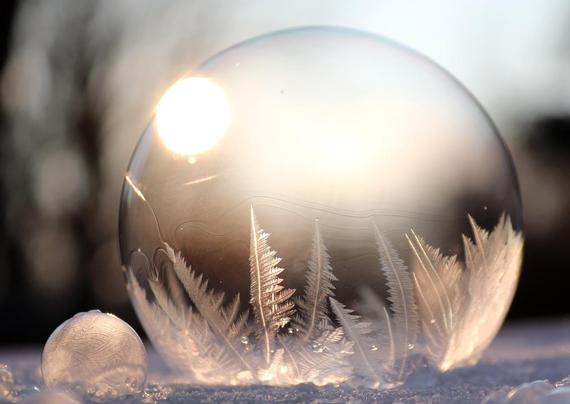For those who celebrate, may you rejoice in the #WinterSolstice promise of new days.
Today at 4:21 AM US EST, the #Sun reached its point farthest south of the #celestialequator, giving the #northernhemisphere its shortest daylight period.
#winter #solstice #astronomy #calendar
photograph courtesy of birgl via Pixabay
